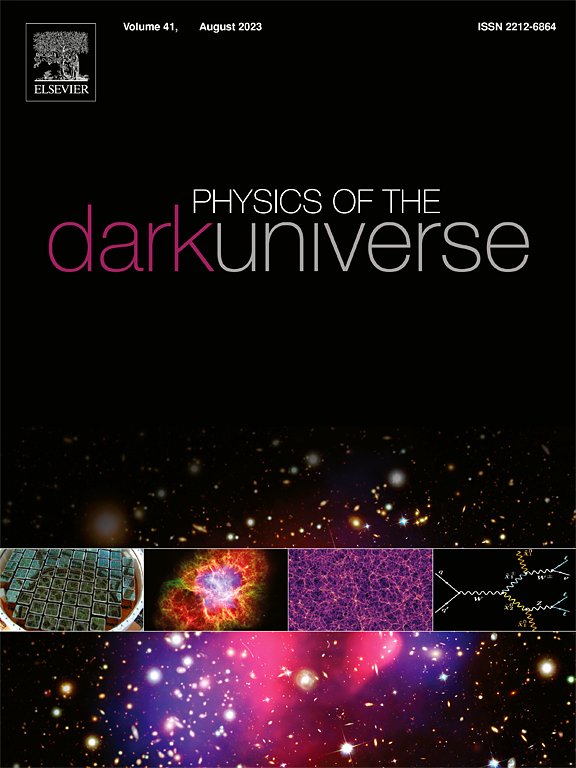An opacity-free method of testing the cosmic distance duality relation using strongly lensed gravitational wave signals
IF 5
2区 物理与天体物理
Q1 ASTRONOMY & ASTROPHYSICS
引用次数: 0
Abstract
The cosmic distance duality relation (CDDR), expressed as , plays an important role in modern cosmology. In this paper, we propose a new method of testing CDDR using strongly lensed gravitational wave (SLGW) signals. Under the geometric optics approximation, we calculate the gravitational lens effects of two lens models, the point mass and singular isothermal sphere. We use functions of and to parameterize the deviation of CDDR. By reparameterizing the SLGW waveform with CDDR and the distance-redshift relation, we include the deviation parameters of CDDR as waveform parameters. We evaluate the ability of this method by calculating the parameter estimation of simulated SLGW signals from massive binary black holes. We apply the Fisher information matrix and Markov Chain Monte Carlo methods to calculate parameter estimation. We find that with only one SLGW signal, the measurement precision of can reach a considerable level of 0.5-1.3% for and 1.1-2.6% for , depending on the lens model and parameters.
求助全文
约1分钟内获得全文
求助全文
来源期刊

Physics of the Dark Universe
ASTRONOMY & ASTROPHYSICS-
CiteScore
9.60
自引率
7.30%
发文量
118
审稿时长
61 days
期刊介绍:
Physics of the Dark Universe is an innovative online-only journal that offers rapid publication of peer-reviewed, original research articles considered of high scientific impact.
The journal is focused on the understanding of Dark Matter, Dark Energy, Early Universe, gravitational waves and neutrinos, covering all theoretical, experimental and phenomenological aspects.
 求助内容:
求助内容: 应助结果提醒方式:
应助结果提醒方式:


